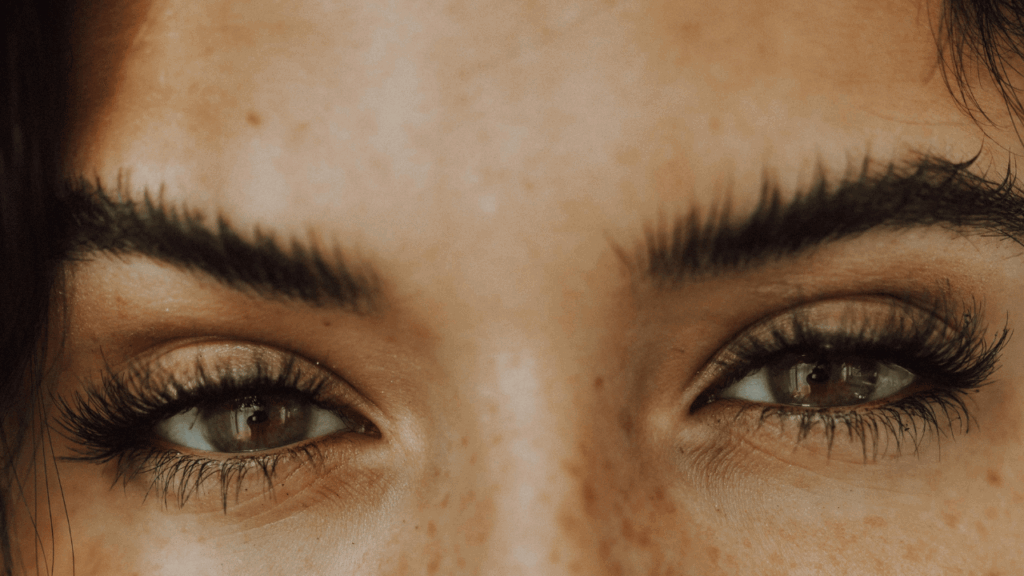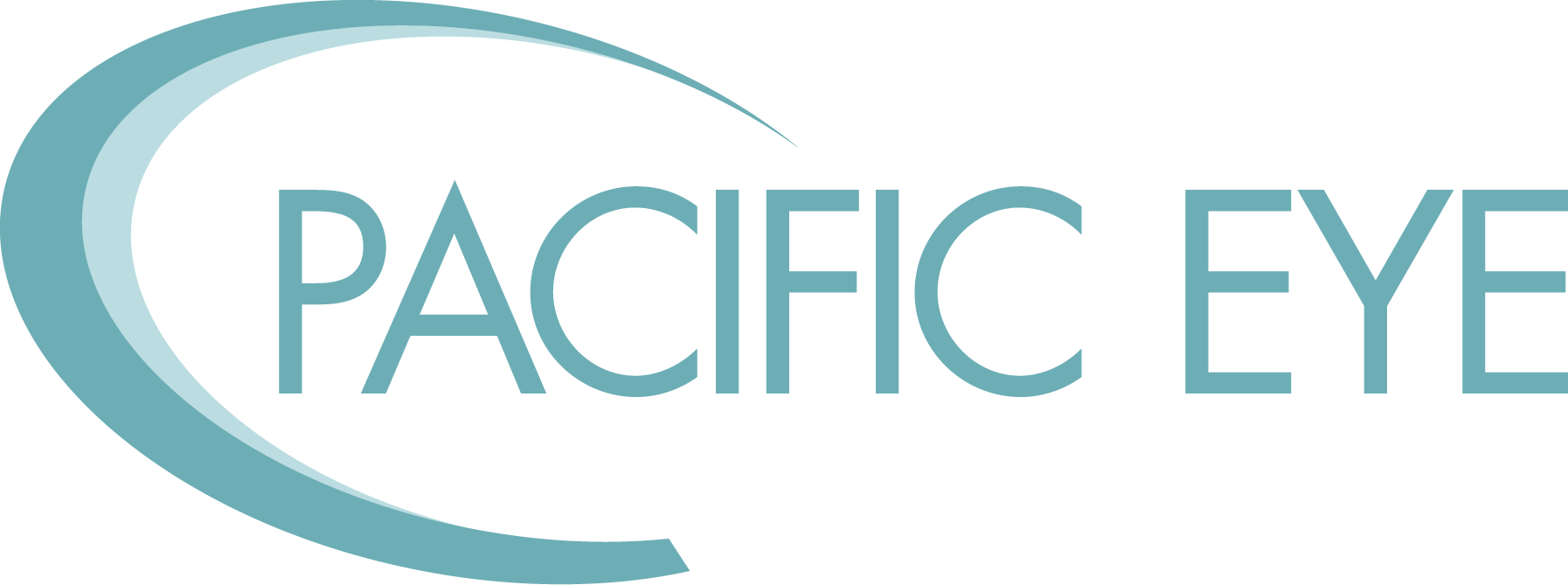
Fall is a beautiful time of year on the Central Coast. The air gets a little crisper, the leaves begin to turn, and we get to enjoy our stunning local landscapes from Lompoc to San Luis Obispo. But for many residents in Orcutt, Santa Maria, and Pismo Beach, this season also brings an unwelcome guest: red, itchy, and irritated eyes.
Are you constantly rubbing your eyes, wondering if it’s just allergies or something more serious? You’re not alone. It’s easy to confuse the symptoms of common eye conditions, but knowing the difference between eye allergies, pink eye (conjunctivitis), and dry eye is crucial for finding the right treatment and getting relief.
At Pacific Eye Surgeons, our team of experienced ophthalmologists and optometrists helps patients across the region—from Paso Robles to Santa Maria—understand and treat these eye issues. Let’s break down the key differences to help you identify what’s causing your discomfort this season.
Is It Eye Allergies?
- Pollen from weeds like ragweed
- Mold spores, which thrive in damp leaves and soil
- Dust mites, which can get stirred up as we turn on our indoor heaters
What are the Symptoms of Eye Allergies?
- Intense Itching: This is the most common and telling symptom. The itch can be severe.
- Redness: Blood vessels in the eye become inflamed, making your eyes look pink or red.
- Watery Discharge: Your eyes produce clear, watery tears to flush out the allergens.
- Eyelid Swelling: Your eyelids may look puffy or swollen.
- Associated Symptoms: You may also experience a runny nose, sneezing, or nasal congestion.
How Do I Get Relief from Eye Allergies?
- Avoid rubbing your eyes. This can worsen the irritation.
- Use a cool compress on your eyelids to reduce swelling and itching.
- Try over-the-counter (OTC) antihistamine eye drops or oral antihistamines.
- Limit your exposure to allergens by keeping windows closed and using an air filter.
Could It Be Pink Eye? (Conjunctivitis)
Pink eye is an inflammation of the conjunctiva, the clear membrane covering the white part of your eye and the inside of your eyelids. It can be caused by a virus, bacteria, or allergens. While it shares some symptoms with allergies, there are some major distinctions.
What are the Different Types of Pink Eye?
- Viral Pink Eye: This is the most common and highly contagious type. It often accompanies a cold or respiratory infection.
- Bacterial Pink Eye: This type is also contagious and can be spread through direct contact.
- Allergic Pink Eye: This is the same as eye allergies, caused by an allergic reaction. It is not contagious.
How to Tell if You Have Pink Eye (Viral or Bacterial):
- Discharge: A key difference is the type of eye discharge. Viral pink eye usually has a clear, watery discharge, similar to allergies, but it may feel more gritty. Bacterial pink eye often produces a thicker, yellow or greenish pus that can cause your eyelids to stick together, especially in the morning.
- Contagious Nature: Viral and bacterial pink eye are highly contagious, while allergies are not. If a family member or coworker also has red, irritated eyes, it may be a sign of pink eye.
- Other Symptoms: You might experience a swollen lymph node in front of your ear. You may also feel pain or a burning sensation.
How is Pink Eye Treated?
- Viral Pink Eye: There is no cure, so treatment focuses on symptom relief. Use a warm compress and artificial tears. The virus must run its course, which can take up to 2-3 weeks.
- Bacterial Pink Eye: An eye doctor can prescribe antibiotic eye drops to help clear the infection.
- Preventing Spread: Practice excellent hygiene. Wash your hands frequently, avoid touching your eyes, and do not share towels, pillows, or makeup.
Is It Dry Eye Syndrome?
Dry eye syndrome occurs when your eyes do not produce enough quality tears to stay lubricated. Fall weather on the Central Coast, with its drier air and increased wind, can make this condition worse.
What Causes Dry Eye Syndrome?
- Environmental Factors: Wind and dry air, which are common this time of year, can increase tear evaporation.
- Age and Hormones: Tear production naturally decreases with age.
- Screen Time: Staring at a computer, phone, or tablet reduces your blink rate, leading to less lubrication.
- Medications: Certain medications, including some antihistamines for fall allergies, can contribute to dryness.
What are the Symptoms of Dry Eye?
- Burning and Stinging: Your eyes may feel like they are burning or stinging.
- Gritty Feeling: You might feel like something is in your eye, like sand or dirt.
- Redness and Blurry Vision: Redness is a common symptom, and your vision may become blurry, especially when reading or on a computer.
- Paradoxical Tearing: In an attempt to compensate for the dryness, your eyes may produce a flood of tears. However, these tears are often not of the right quality to provide lasting relief.
The LipiFlow® Treatment: A Breakthrough for Dry Eye
While lifestyle changes and artificial tears can provide temporary relief for dry eye, they don’t always address the root cause, which is often a condition called Meibomian Gland Dysfunction (MGD). This occurs when the tiny meibomian glands in your eyelids, responsible for producing the protective oil layer of your tears, become blocked.
At Pacific Eye Surgeons, we offer a safe, effective, and non-invasive treatment called LipiFlow®. This advanced system works to unblock the glands and restore the natural flow of oils. During a 12-minute treatment, a specialized device gently applies both heat and massage to the inner and outer eyelids. This dual action helps to loosen and remove the obstructions that are causing your tears to evaporate too quickly. Most patients describe the sensation as a gentle eye massage, and the procedure is designed to be comfortable and safe, without touching the surface of the eye.
Optimal results are often felt around six to eight weeks after a single treatment. For many of our patients, including those from Paso Robles to San Luis Obispo, LipiFlow® has been a game-changer, providing long-lasting relief from chronic dry eye symptoms.
What Our Patients Are Saying
Timely and diagnosed my dry eye and treated with med that did the trick vs another visit in the same office with rounding eye drops.
What to Do When Your Eyes Don’t Feel Right
Self-diagnosing eye conditions can be challenging, especially when symptoms overlap. If your red, itchy eyes persist, worsen, or are accompanied by pain or changes in vision, a professional eye exam is the best course of action.
Our dedicated team at Pacific Eye Surgeons is here to help residents of San Luis Obispo, Santa Maria, Orcutt, Paso Robles, Lompoc, and Pismo Beach find accurate diagnoses and effective treatments for their eye problems. We are experts in providing comprehensive eye care, from routine check-ups to managing complex conditions.
Need Help with Your Red, Itchy Eyes? Don’t let eye discomfort ruin your fall. Whether you’re a longtime resident of San Luis Obispo or just moved to the Central Coast, we are ready to provide the professional care you need.







